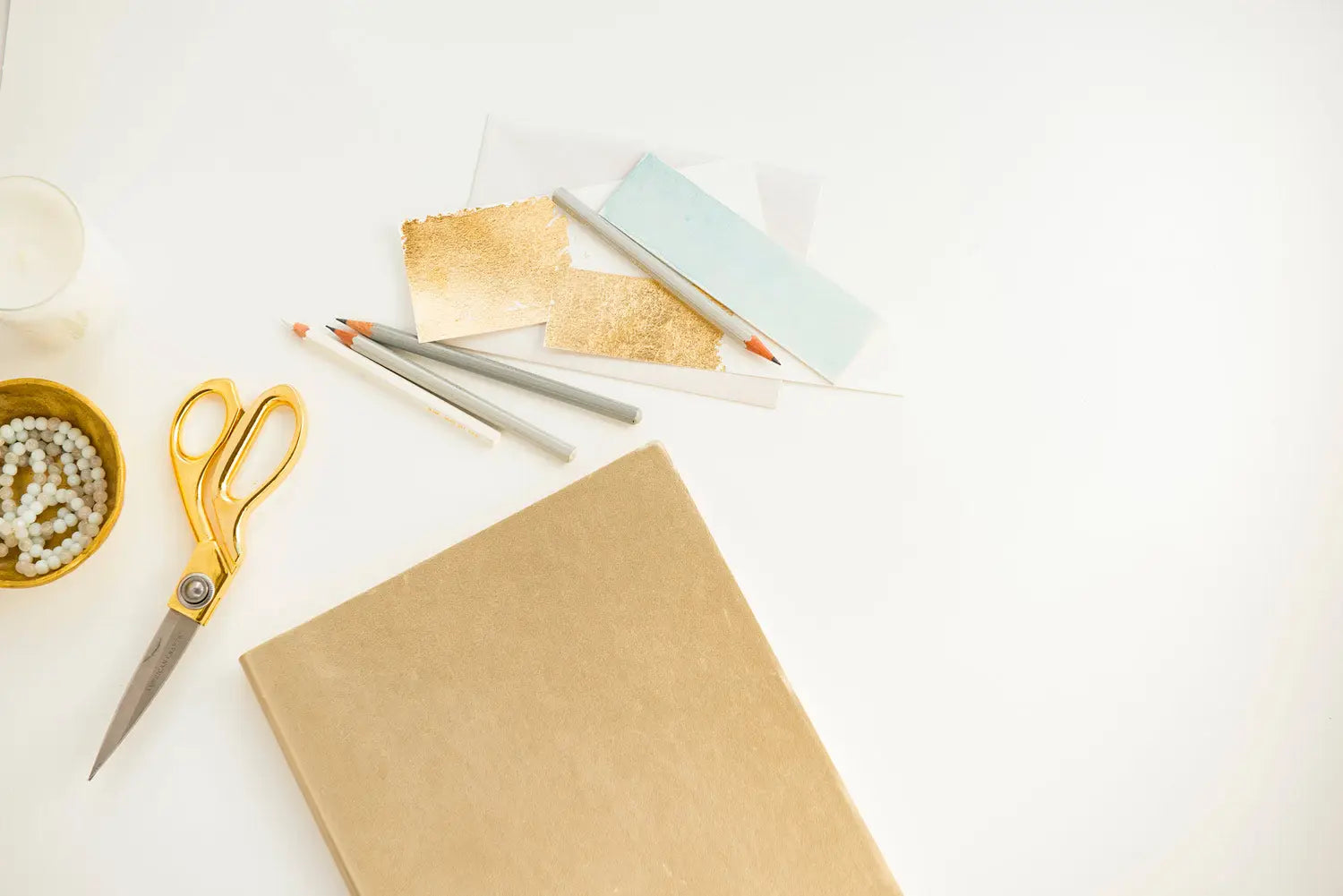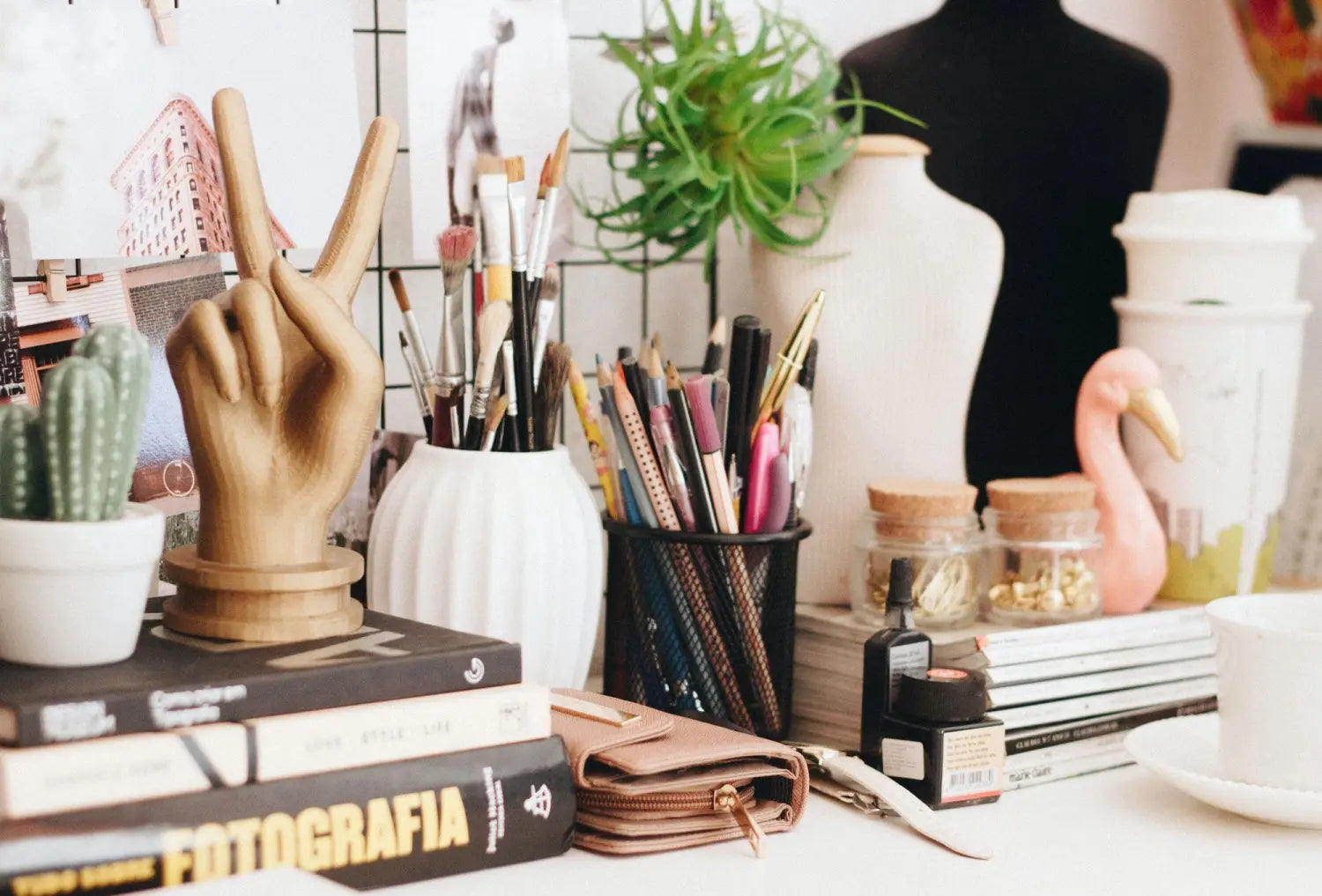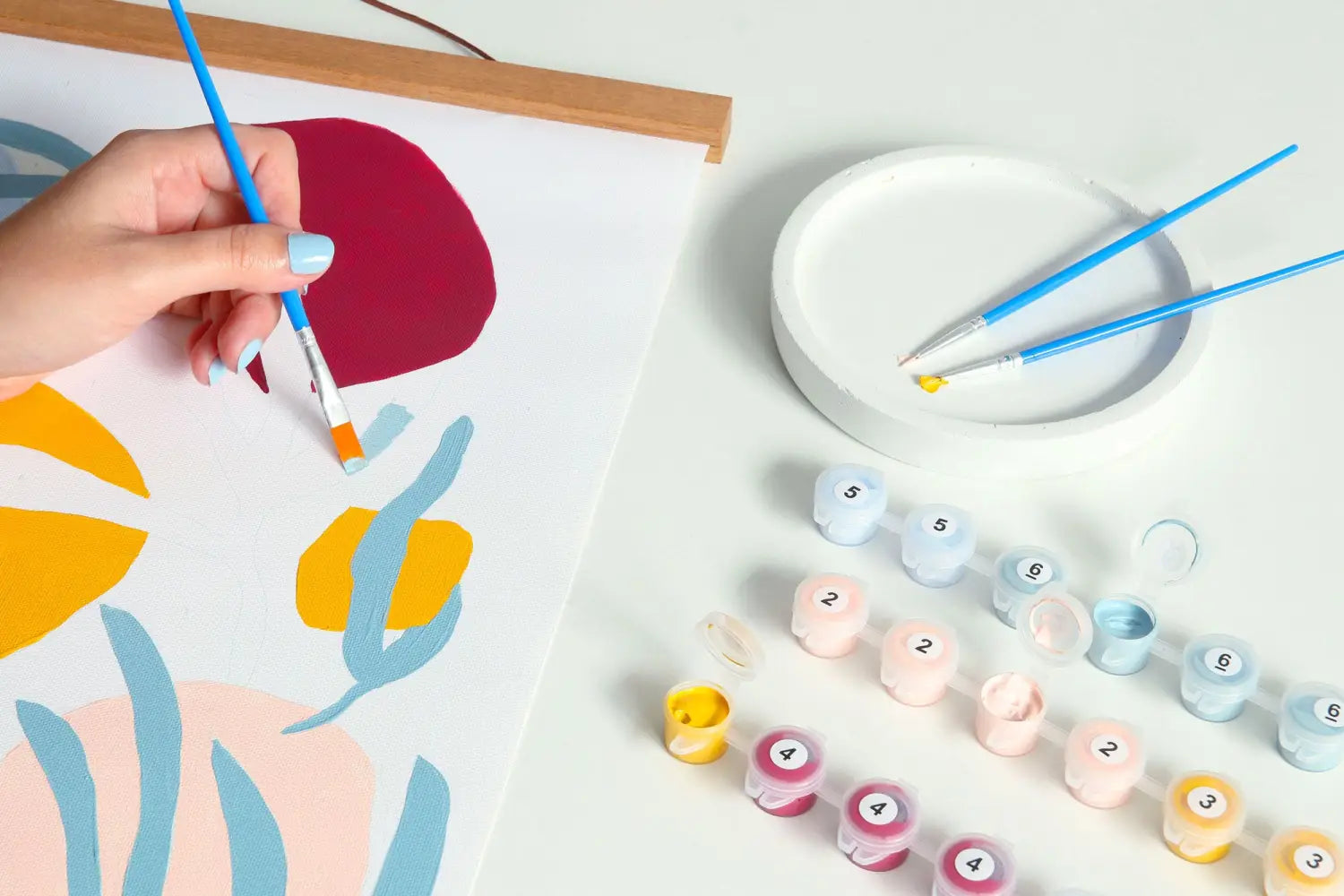Stationery designers need a variety of tools to create their designs. Among the best tools for a stationery designer are paper, envelopes, pens, markers, and printers.
Must-have Materials
- Metallic paper is an excellent choice for designers who want their projects to have crystal-clear clarity.
- Ivory metallic paper and cardstock are also essential for stationery designers.
- Avery name badges are helpful for designers who want to print or write their designs.
- Sharpie highlighters are perfect for designers who want to add color to their designs.
- Beveled chisel tip multi-purpose highlighters are also useful for thin and thick lines.

Additional Tools
A printer is essential for stationery designers who want to print their designs. In addition to tools, stationery designers must choose materials for their final product. They must select the type of paper, envelopes, and other small touches to bring their designs to life.
Stationery designers can work for stationery companies or as freelance designers.
Online Resources for Stationery Designers
To get started in stationery design, numerous tutorials and resources are available online. These resources can help guide designers in their professional development as artists and present ways to make money, including teaching and selling artwork.
Best Online Resources for Stationery Designers
- Creative Market: Offers tutorials, advice, and resources for stationery design.
- Stationery Trends: A must-read blog for anyone interested in stationery, paper goods, and creating handmade items for a living.
- Printivity: Provides ideas and inspiration for stationery design, as well as printing services.
- 99designs: A platform for connecting with professional stationery designers and requesting quotes for custom business stationery designs.
These resources provide inspiration, tutorials, and connections with professional designers, helping stationery designers improve their skills, find new ideas, and access high-quality materials and services.

Best Physical Tools for Stationery Designers
The best physical tools for stationery designers include a variety of materials and equipment to create unique and high-quality designs. Here are some essential tools and items:
- High-quality paper and cardstock, such as metallic or textured paper.
- A reliable printer, compatible with different types and sizes of paper.
- Cutting tools, like a paper cutter or scissors, for precise cutting and shaping.
- A ruler and cutting mat for accurate measurements and safe cutting.
- Adhesives, such as glue or double-sided tape, for assembling stationery pieces.
- Pens, markers, and highlighters for drawing, tracing, and adding details to creations.
- Envelopes and other packaging materials for presenting and protecting the final product.

These physical tools are crucial for stationery designers to create their designs. High-quality paper and cardstock are necessary to ensure that the final product looks professional and visually appealing. A reliable printer is also important to make sure that the designs are printed accurately and with quality. Cutting tools, rulers, and cutting mats are needed for precise cutting and shaping of paper and cardstock. Adhesives are necessary for assembling stationery pieces, and pens, markers, and highlighters are needed for sketching, tracing, and adding details to creations. Finally, envelopes and other packaging materials are necessary for presenting and protecting the final product.
Where to Buy the Best Stationery Tools and Materials Online and in Quebec
You can buy the best stationery tools and materials online and in Quebec at the following places:
- Nota Bene: A store in Montreal offering a wide range of stationery supplies, including limited-edition fountain pens, sketchbooks, markers, and journals.
- Baltic Club: Notebooks, pens, and more – all selected and tested with care and love.
- Papeterie Casse-Noisette: Located in Old Montreal, this store offers elegant fountain pens, refined stationery, and wax seal kits.
- Stylo.ca: An online store offering a variety of writing instruments and office supplies, with a physical store located at 2700 Boulevard Laurier, Québec, QC G1V 4J9.

Tips for Success as a Stationery Designer
To succeed as a stationery designer, here are some tips that may be helpful:
- Develop your own style: Find your unique style and showcase it in your creations. This will help you stand out from other stationery designers and attract the attention of potential clients.
- Create a portfolio: An online or physical portfolio of your best creations is essential for showcasing your work and convincing clients to hire you. Be sure to include a variety of designs to demonstrate the range of your skills.
- Work on personal projects: If you are starting as a stationery designer, work on personal projects to practice and develop your skills. This will also allow you to add pieces to your portfolio.
- Network: Attend local events, trade shows, and workshops to meet other industry professionals and establish connections. Networking can help you find new job opportunities and learn from your peers.
- Improve your skills: Continue learning and training by taking online courses, reading blogs, and practicing regularly. The more you master your skills, the more capable you will be of creating high-quality stationery designs.
- Stay up-to-date on trends: Trends in stationery design are constantly evolving. Stay informed about the latest trends by reading specialized blogs, following relevant social media accounts, and discussing with other industry professionals.
- Offer personalized services: Clients appreciate stationery designs that are personalized and tailored to their specific needs. Offer customization services to meet these expectations and attract more clients.
- Manage your time effectively: As a freelance stationery designer, it is crucial to manage your time efficiently. Set a schedule and goals to ensure you meet deadlines and maintain good quality work.
By applying these tips, you will be able to succeed as a stationery designer and stand out in this creative and competitive industry. Good luck!


